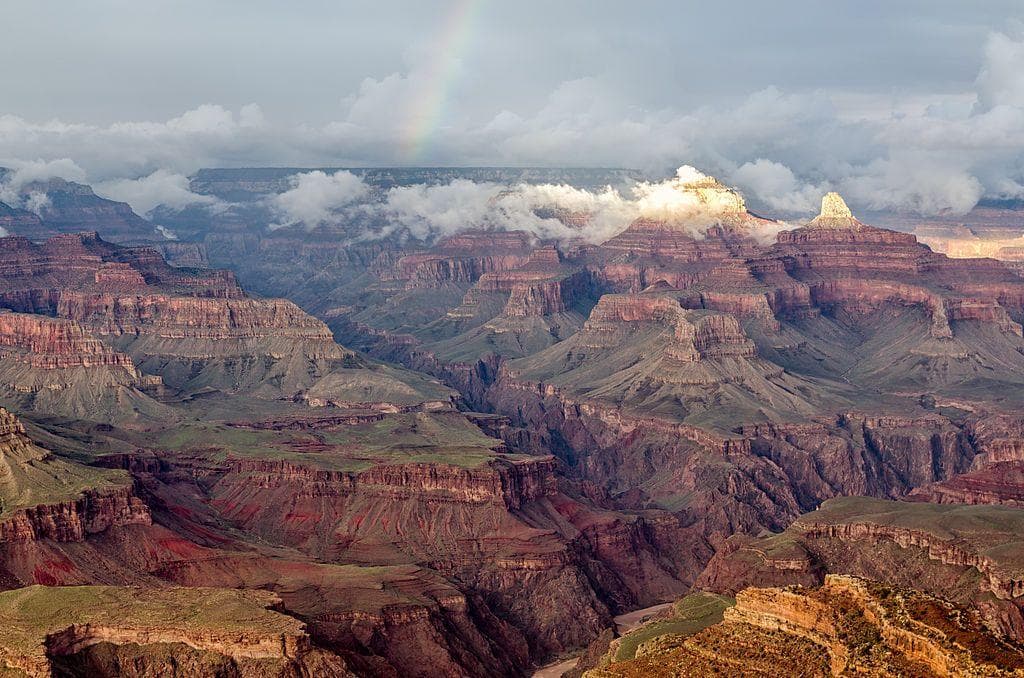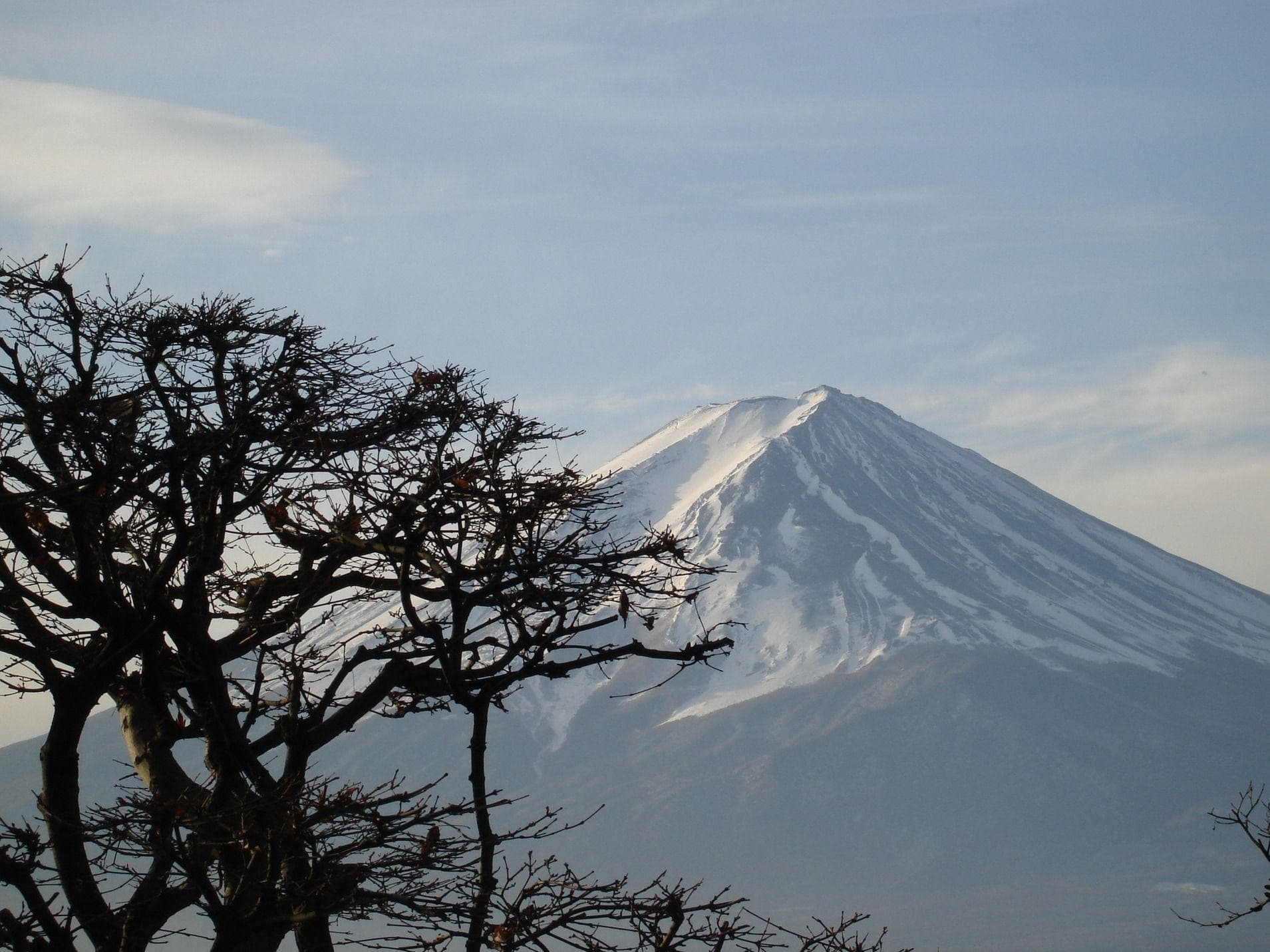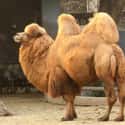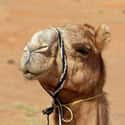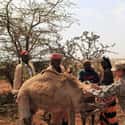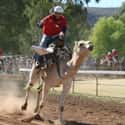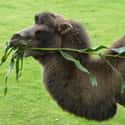-
(#1) Humps Store Fat So They Can Go For Long Periods Without Food
All camels have either one or two humps depending on the species. However, the big misconception about the humps is that they contain water. The truth is they don’t hold any water whatsoever; instead, they are a store of fat. This proves useful for periods in the arid conditions where they live when they might not be able to get access to food, allowing them to burn the fat to release vital energy. The size of the hump will fluctuate according to how well fed the camel is; those who have not had enough nutrients will see their humps get smaller and eventually droop over.
-
(#2) They Have Some Of The Most Efficient Kidneys Of All Animals, Which Turns Their Urine Into Thick Syrup
Because of the general lack of water in the desert, camels' internal organs have some unique specializations. Their kidneys, for example, are some of the most efficient on the planet. This is necessary not only to conserve water as much as possible when expelling waste but also in allowing the animals to drink salty water. The end product the kidneys produce is a thick liquid more like syrup than traditional urine, with a salt concentration that is higher than saltwater.
-
(#3) They Have Specially Shaped Red Blood Cells So They Can Take In Huge Amounts Of Water
Camels have evolved many specializations to live in the hot desert - and it's more than just the physical attributes you can see. Even their blood cells are vastly different from most mammals', being oval in shape rather than circular. This distinctive shape means that even when the blood is incredibly thick due to a lack of water, oxygen can still be carried around the body.
They don’t just provide a benefit when the camel is dehydrated, either. In fact, the red blood cells in the animal can expand to 270% of their original volume, almost twice as much as other mammals, when they drink water. An important factor in preventing the cells from bursting, considering that a thirsty camel is capable of drinking up to 100 liters of water in just 10 minutes.
-
(#4) The Hump Also Helps Camels To Keep Cool In The Desert
While the hump of a camel proves useful for storing fat in case of emergencies, it also proves to be a very effective way of staying cool in the hot desert. Regulating their temperature is incredibly important, and bodily functions like sweating are not useful in arid conditions because it wastes valuable water. Instead, their bodies are not covered in a layer of fat in the form of their humps. This means they are less likely to overheat as they do not have insulation. Having a lump of fat on the back also provides some extra protection from the sun as it is where the vast majority of the ultraviolet rays hit the animal.
-
(#5) Camel Milk Is The Closest To Human Milk And Can Be Drunk By The Lactose Intolerant
The majority of people in the West usually drink cow’s milk when it comes to choosing something to pour on their cereal and drink with cookies. However, other parts of the world often use the milk of animals that are close by and more readily available. This can mean some cultures use milk from goats, donkeys, and even camels.
Camel milk in particular is a much healthier option. It contains up to 10 times more iron than cow’s milk and three times as much vitamin C. This makes it the closest animal milk to that produced by human mothers. Another great property of the milk is it is low in lactose, meaning those who are lactose intolerant can happily guzzle away on it without any ill effects.
-
(#6) The Different Species Can Grow To A Huge Size
Camels are capable of growing to huge sizes. Both species will typically tower above a human being, standing at between six to six and a half feet tall. They can also grow to a length of around 10 feet and will weigh in at anything from 1,300 to 2,200 pounds when they reach maturity. Their large size and strength has made the animals the perfect companion for desert dwelling populations. They are capable of carrying up to 600 kilograms over vast distances, walking at up to almost three miles per hour.
-
(#7) There Are Professional Camel Racers In Several Countries
When people think of animal racing, they picture horses or greyhounds. But several countries in Asia, Africa, and the Middle East host professional camel racing. The likes of the United Arab Emirates, Saudi Arabia, Egypt, and Bahrain all hold official contests.
The animals are capable of reaching top speeds of 40 miles per hour in short sprints and can maintain speeds of 25 miles per hour for extended periods of time. This makes them ideal for racing. Unfortunately, many owners used child jockeys in racing due to their small size and weight, prompting bans from several governments for the abuses the youngsters suffered. In their place, several organizations now use robotic jockeys.
-
(#8) Camels Have A Third Eyelid To Wipe Sand Away
One of the most unique adaptations camels have to combat the desert and sand is their unique eyes. As well as having two distinct sets of eyelashes to help protect their vision, the creatures also have a third eyelid. This thin membrane is rather unique for a mammal as it is something usually seen in birds, fish, and reptiles. It essentially works as a windscreen wiper on a car, moving from side to side to wipe away any sand on the eyeball and providing a shield during sandstorms.
-
(#9) They Can Also Completely Close Their Nostrils
Another important adaptation camels is the ability to shut their nostrils completely. While this obviously makes it difficult for the mammals to smell or breath while eating, it does provide a rather valuable advantage. That is, sand is incapable of making its way up the nose and causing blockages or infections. The nose also has another special element that helps prevent water being lost as the camel breathes through vapor, helping trap extra liquid in the body that can prove essential for surviving.
-
(#10) Instead Of Chewing Food, They Swallow It Whole Then Regurgitate The Resulting Cud Later
Camels are a type of mammal known as ruminants. This means that rather than chew their food, they simply swallow it whole. Their oral papillae help them to be able to force down their rather tough diet, which includes thorns, salty plants, and fish, without choking. The food is then turned into cud and regurgitated into the mouth, where the camel finally chews it to help release vital nutrients and aid in the last part of digestion.
New Random Displays Display All By Ranking
About This Tool
Camels are mammals called desert boats. They are very good at enduring hunger and thirst and can even survive for 2 weeks without water and survive for as long as one month without food. Camels can be used as a means of transportation and an important source of income. They are an indispensable partner for people in the desert and Gobi areas, as well as geological prospecting and archaeological workers.
For many inhabitants of the East countries, the camel is a sacred animal, especially for the Arabs. In the Arabic language, there are more than 6,000 words related to camels. The generator will help to know 10 interesting facts about camels that most people do not know.
Our data comes from Ranker, If you want to participate in the ranking of items displayed on this page, please click here.








